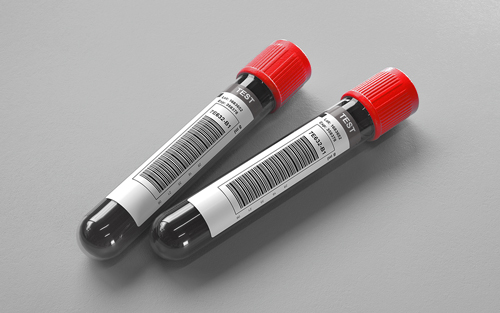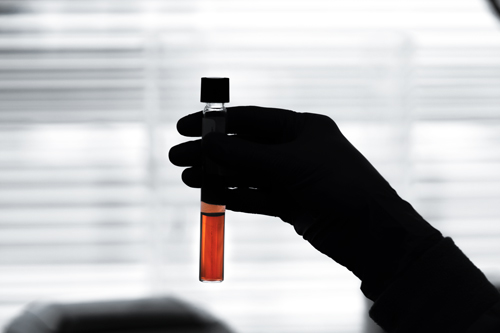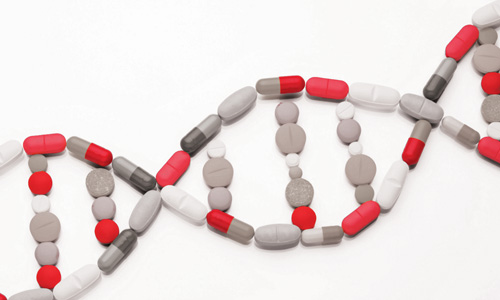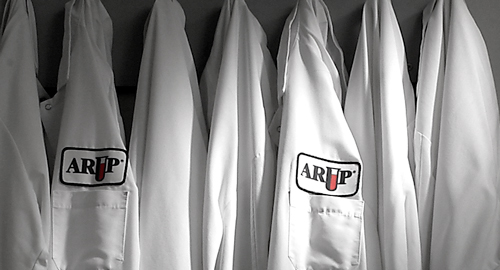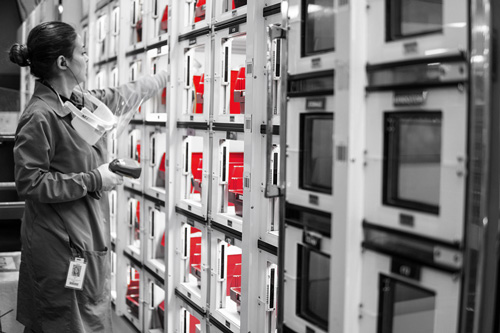Echinococcus Antibody, IgG
Ordering Recommendation
Adjunct to other diagnostic tests (eg, imaging) for echinococcosis. Patient's travel history is necessary to aid in test interpretation.
New York DOH Approval Status
Specimen Required
Serum separator tube (SST) or plain red.
Separate serum from cells ASAP or within 2 hours of collection. Transfer 1 mL serum to an ARUP standard transport tube. (Min: 0.15 mL) Parallel testing is preferred and convalescent specimens must be received within 30 days from receipt of acute specimens. Mark specimens plainly as acute or convalescent.
Preferred transport temp: Refrigerated. Also acceptable: Frozen
Contaminated, heat-inactivated, grossly hemolyzed, or severely lipemic specimens.
After separation from cells: Ambient: 48 hours; Refrigerated: 2 weeks; Frozen: 1 month (avoid repeated freeze/thaw cycles)
Methodology
Semi-Quantitative Enzyme-Linked Immunosorbent Assay (ELISA)
Performed
Tue
Reported
1-8 days
Reference Interval
| Test Number |
Components |
Reference Interval |
|---|---|---|
| Echinococcus Antibody IgG | 8 U or less |
Interpretive Data
Patients with collagen vascular diseases, hepatic cirrhosis, schistosomiasis, and other parasitic infections can produce false-positive results. There is a strong cross-reaction between echinococcosis- and cysticercosis-positive sera.
Seroconversion between acute and convalescent sera is considered strong evidence of recent infection. The best evidence for infection is a significant change on two appropriately timed specimens where both tests are done in the same laboratory at the same time.
| Component |
Interpretation |
|---|---|
| Echinococcus Antibody IgG | 0-8 U........................Negative: No significant level of Echinococcus IgG antibodies detected. 9-11 U......................Equivocal: Recommend repeat testing in 2-4 weeks with fresh sample. 12 U or greater.........Positive: IgG antibodies to Echinococcus detected, indicating current or past infection. |
FDA
Note
Hotline History
Hotline History
CPT Codes
86682
Components
| Component Test Code* | Component Chart Name | LOINC |
|---|---|---|
| 2007221 | Echinococcus Antibody IgG | 9656-0 |
Aliases
- Echinococcosis
- Hydatic disease
- Hydatiosis
- Tapeworm
